The ABC of biohack at Biology Zero
Published 2 August 2016 by Timothée Gosselin
The Valldaura Green Fablab in Spain is hosting Biology Zero from July 27 to August 5. For Makery, Timothée Gosselin, from the biohacklab la Myne in Lyon and one of the ten participants of this intensive bootcamp to discover DIY biology, is keeping his diary.
Valldaura, correspondence
Back to school for a somewhat peculiar training in a singular place, the Valldaura Green Fablab. A taste of an Earth and Life sciences class, but this time to play sorcerer’s apprentices. No limits, we are free in our experiments. The Green Fablab is our new home. Welcome to Biology Zero. My objective: acquire the basics to develop our biology laboratory at la Myne (Lyon) and explore the mysterious world of fungus and bacteria in order to rethink our production models.
Day 1
9 am. A Jeep awaits us at Valldaura. Jonathan Minchin, master of the house, takes us on a tour of this singular place. I discover my nine colleagues with a variety of profiles who will be with me during the next ten days.
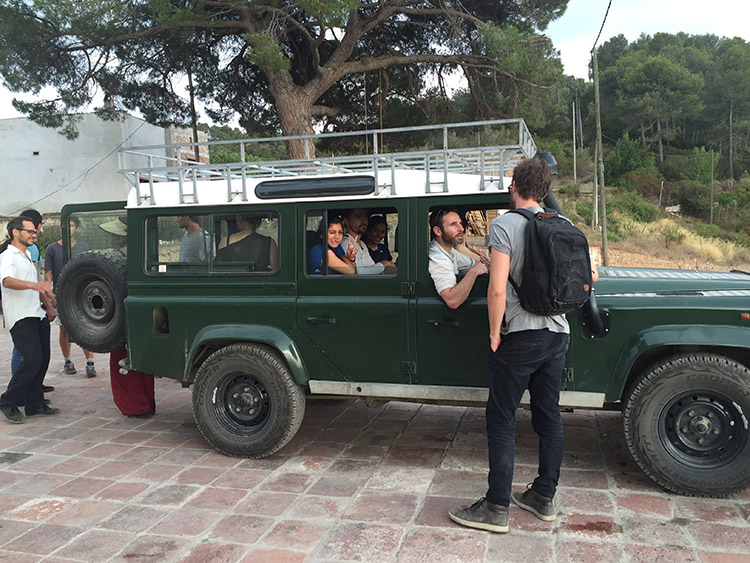
Let me introduce you: Marco Santini, from Uruguay, young explorer undergoing a career transition; Vlad Landau, from France, entrepreneur undergoing a career transition after several years spent with large groups; Carmon Lobdell, from the United-States, architect and artist with an interest for bio-art; Annemie Maes, from Belgium, artist and beekeeper in her spare time interested in the world of fungus and Kombucha; Arnau Tasies from Spain, designer who cannot leave the Green Fablab anymore following the Fab Academy; Zenna Fiscella, from Sweden, searching for new economic models for our labs; Kushkuvar Shah, Aska Desai and Krishna Dadawala, all three from India and architects on a training course at the Green Fablab.
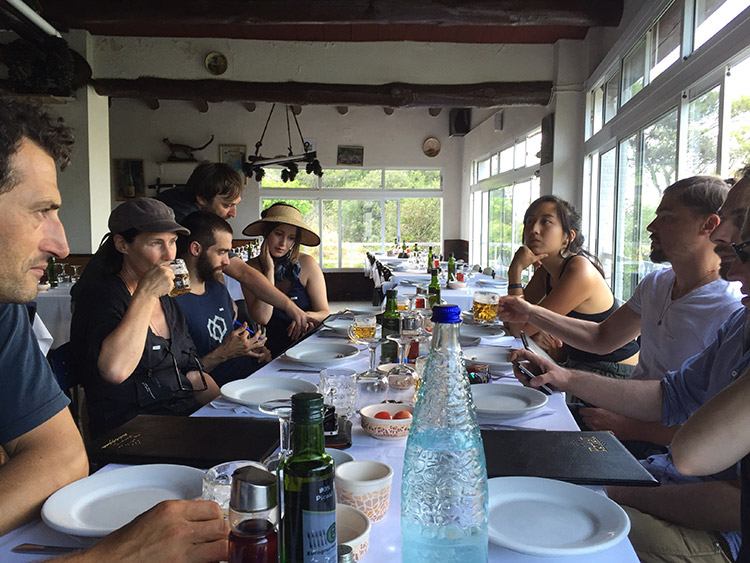
Following the site visit, we begin the Biology Zero bootcamp with a mouth-watering introduction…sending tingles down our spines. As announced by our teacher for the next few days, Núria Conde Pueyo, “the future is now”. We discover the latest advances in biology such as the possibility of changing one’s genetic code with the enzyme CRISP-Cas9 or still the advances in tissue cultures. Printing a heart is no longer in the realm of science fiction. As far as the Biology Zero course is concerned, we are not there yet. Next step, also organized at Valldaura: the Bio Academy to grow almost anything.
Following a lesson on security measures, we finish our day with a first experiment: a swab of bacteria present on our fingers. The objective is to understand the advantage of sterilization. In order to follow a scientific approach, several comparative swabs are carried out. The first one without washing our hands, another having washed our hands with soap and others having touched different “dirty” elements. Once they are placed in the incubator…patience…
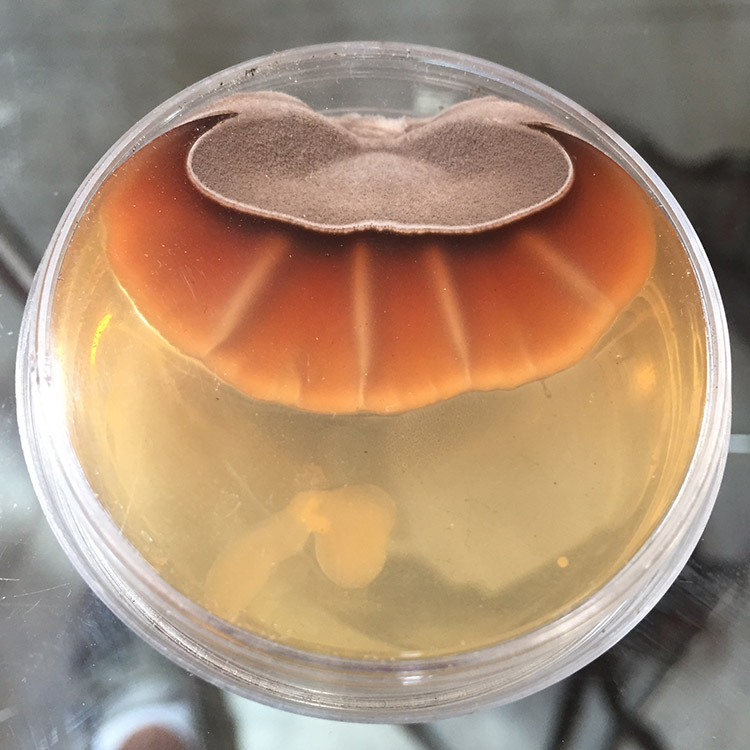
Day 2
Discovering the evolution of the previous day’s swabs. Several surprises. What we consider to be clean isn’t that clean. We can thank our immune system!
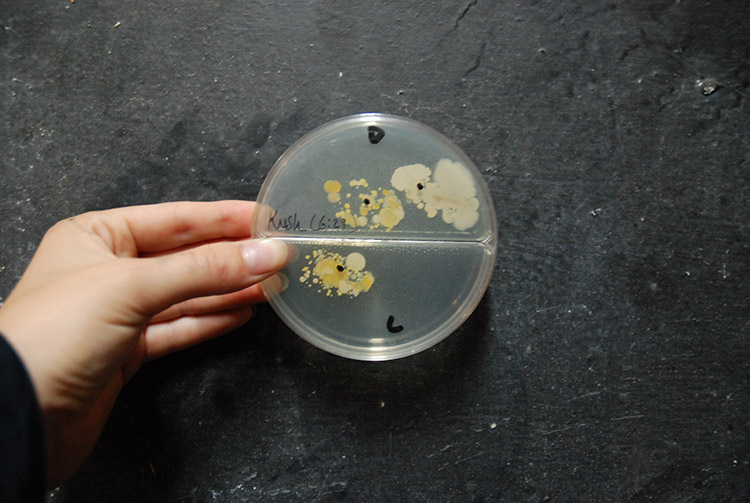
Before beginning new experiments, we attend a theoretical course on scientific methodology. A small exercise allows us to better understand how to complete an experiment successfully between hypotheses, observations and conclusions.
We are preparing different solutions specific to each of the bacteria we wish to observe. Even though getting hold of certain components is not an easy thing (unless you have a doctorate or the necessary funds), here DIY and hacking are our guiding principles. A visit to the supermarket and Bob’s your uncle! In need of amino acids or enzymes? A few food supplements will do the trick. Check out the bakery section for agar, basis for any preparation.
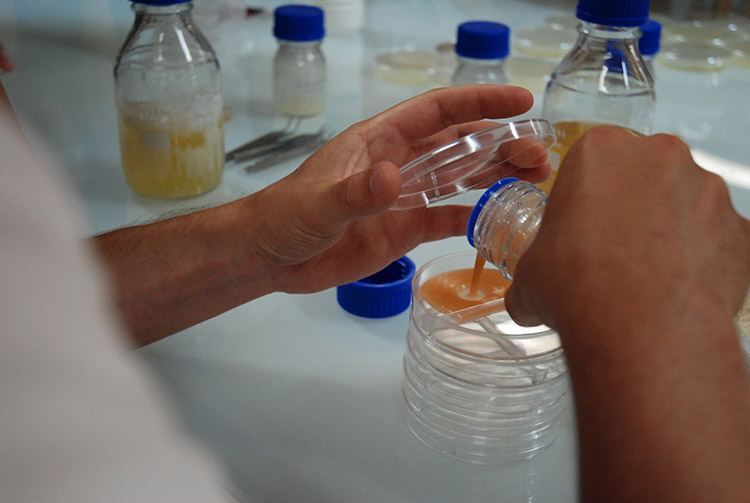
Day 3
Following a theoretical course on the use of a microscope, we begin new experiments. The idea being to collect samples of different bacteria with specific features that can develop in the solutions prepared the previous day. Each of them contain the necessary nutrients required for their development.
On the menu:
– Bioluminescent bacterium;
– Acetobacter underlying the production of cellulose in kombucha;
– Lactobacillus present in yogurts;
– Yeast, essential for our bread or our beer;
– Bacterium that degrades polythene;
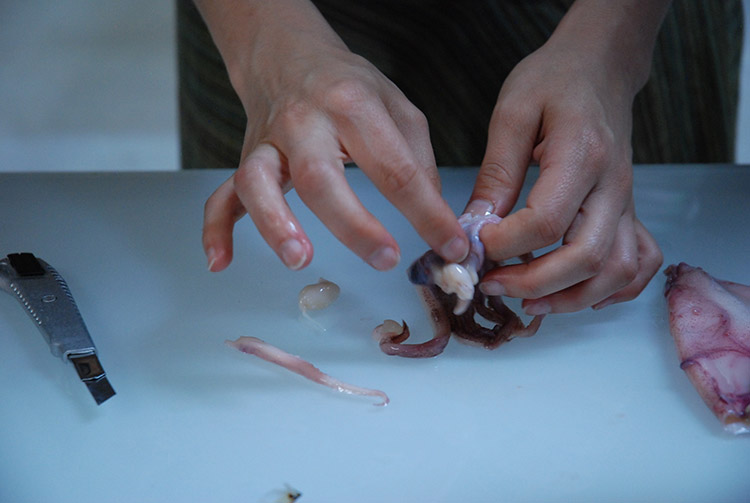
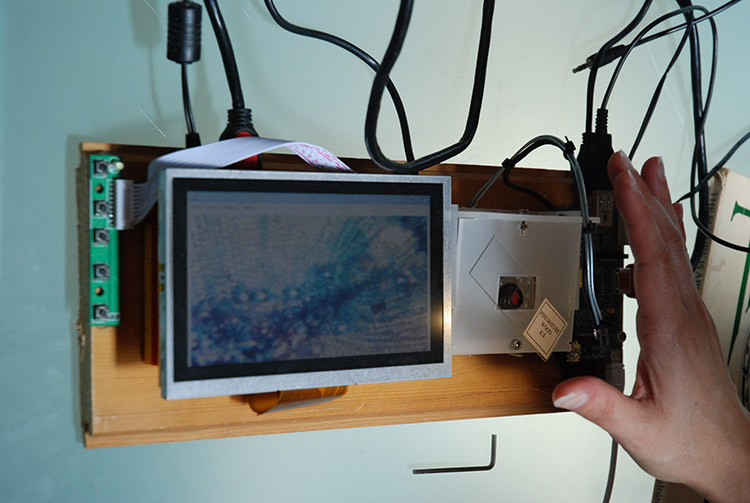
Day 4
Two groups are formed to complete our experiments of the day successfully. The first group starts with water swabs coming from different sources that will then be mapped.
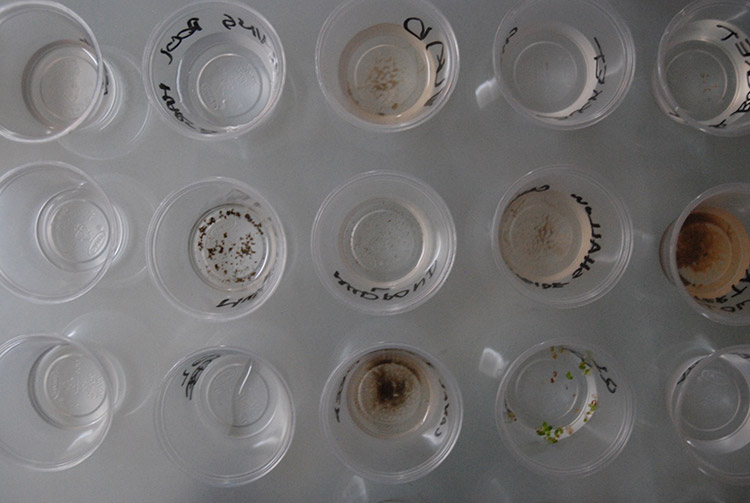
The second group gets started on the observation of cultures prepared the previous day and several other samples found in shops.
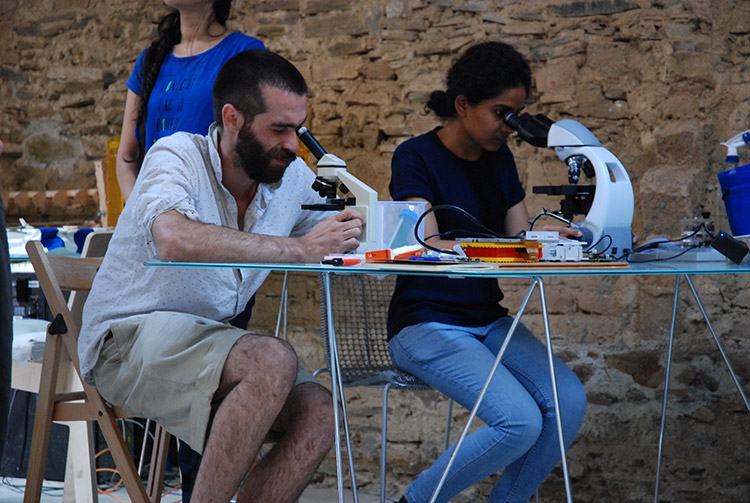
Observation of bacteria swabbed on our fingers (GIF from Zenna Fiscella):
Our day concludes with a delicate experience: color our bacteria to observe them better with the microscope and identify them.
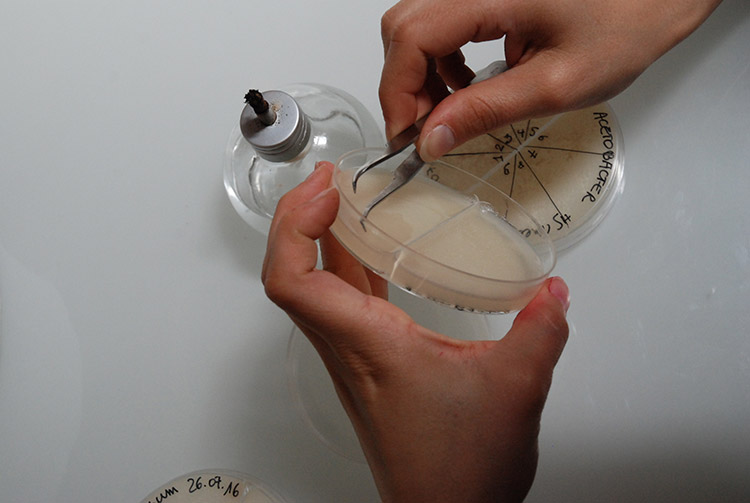
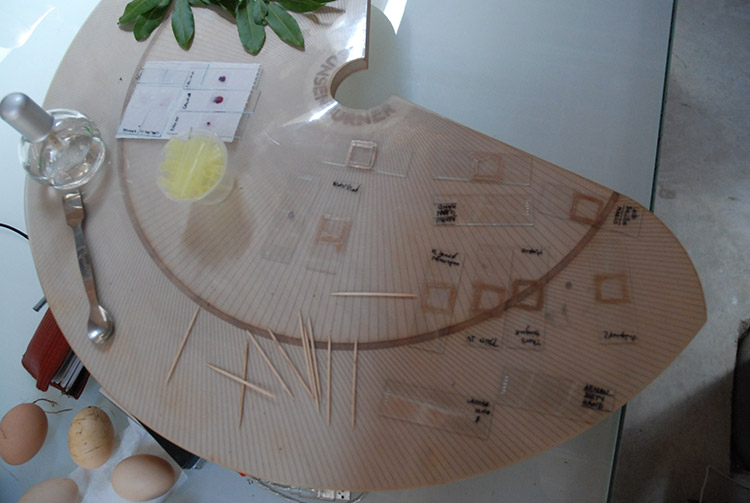
Day 5
Continuation and end of our first experiments. This training is above all a good lesson of patience… It is time for us to draw our first conclusions concerning the cultures begun throughout the week. Not as simple as it looks…
Before ending the day, we get to grips with the dissection of insects, an ant and a bee, with a DIY microtome.
The first week now ends on a sustained pace between theory and practice. This is only the beginning. This week, we tackle spectrophotometry, the extraction of DNA and we will get the opportunity to visit a biology laboratory. Watch this space for new adventures!
Find out more about Biology Zero at the Green Fablab
